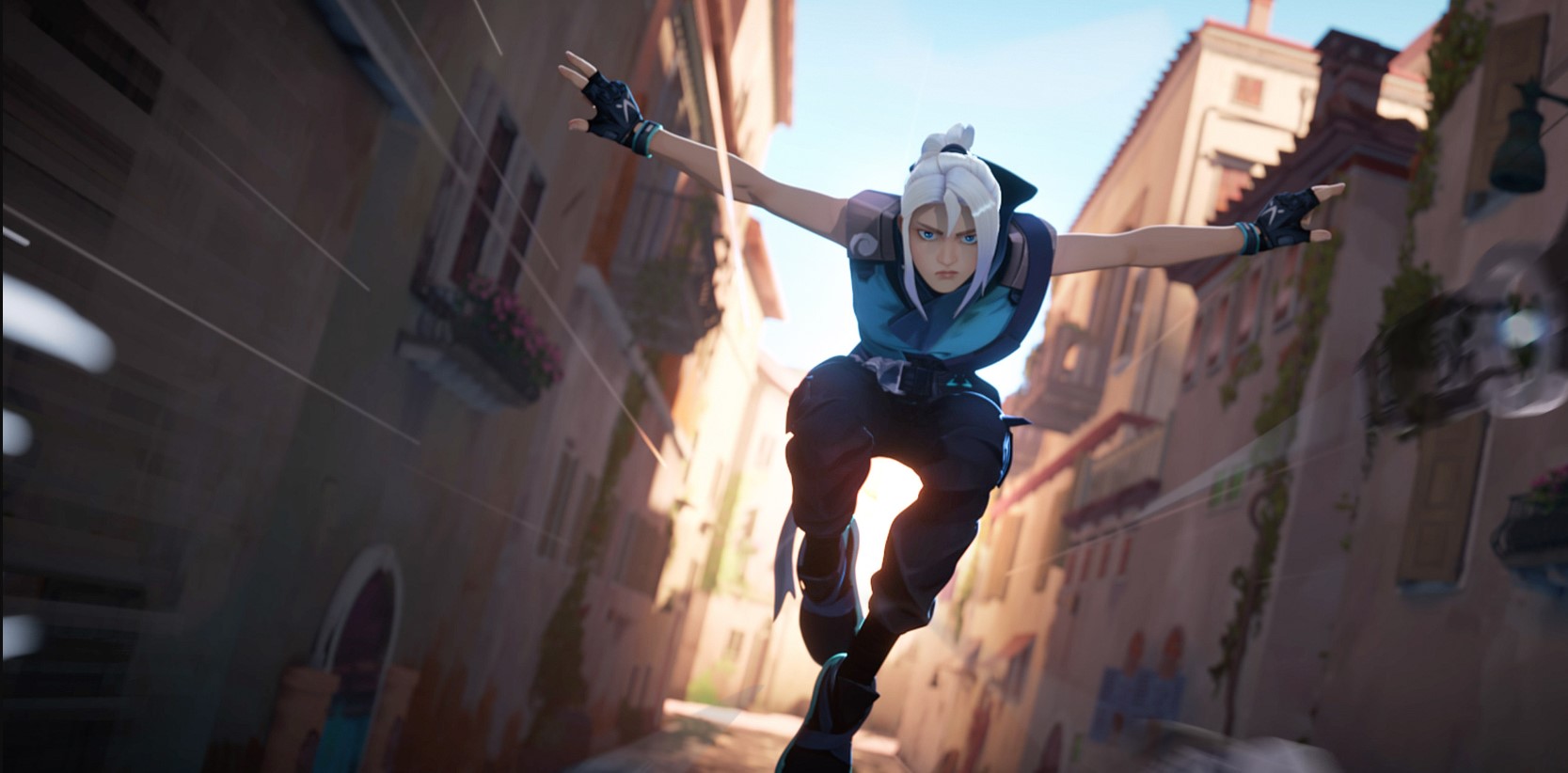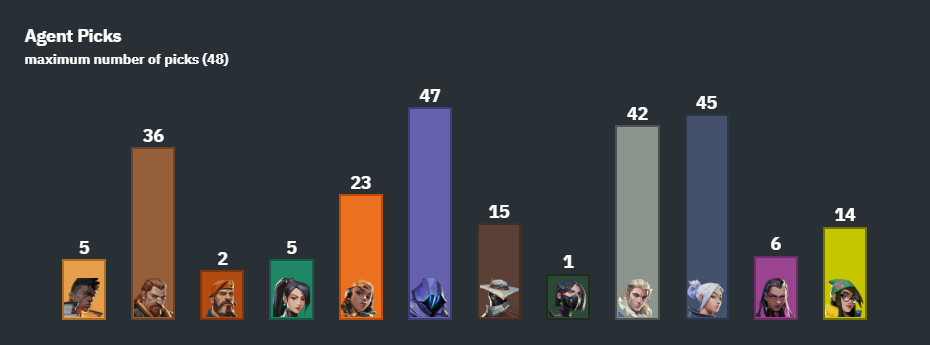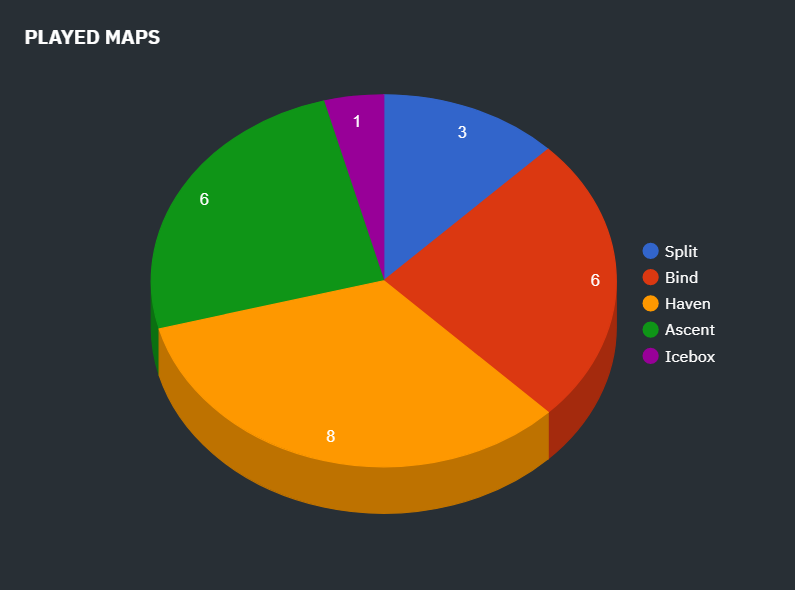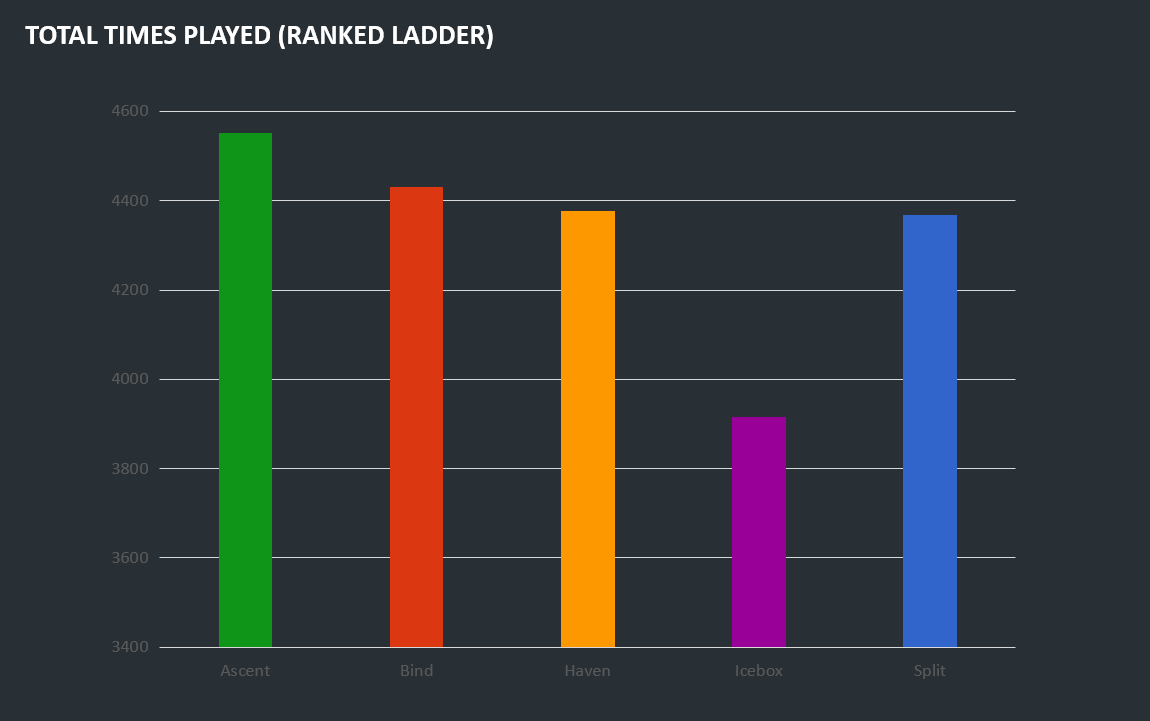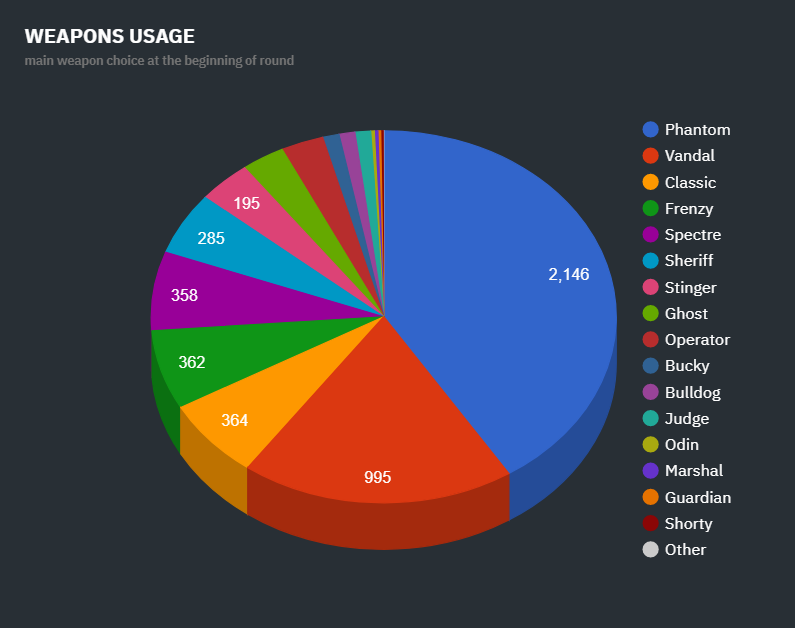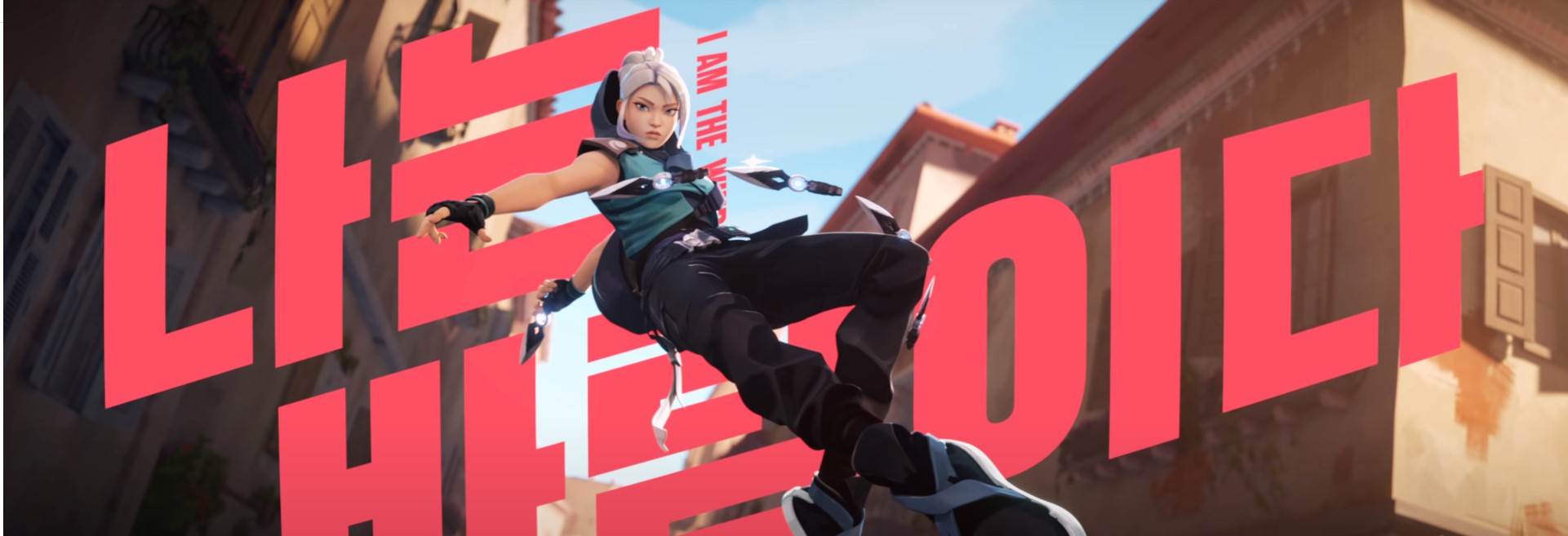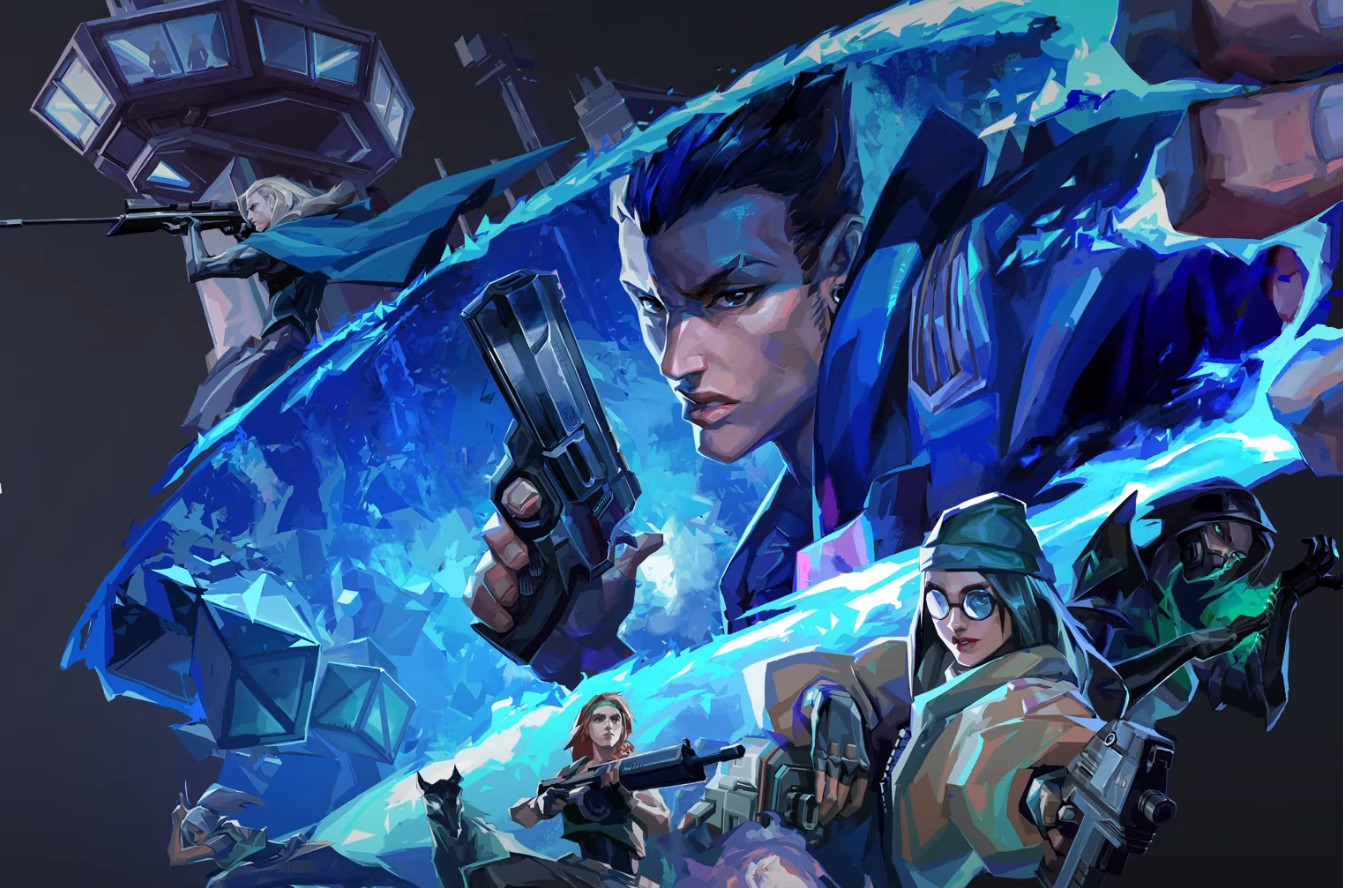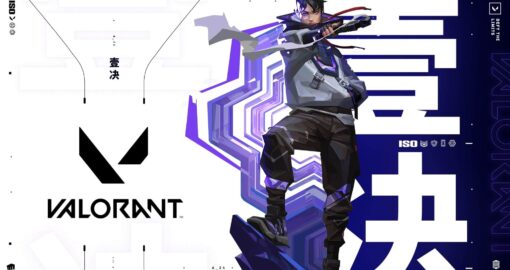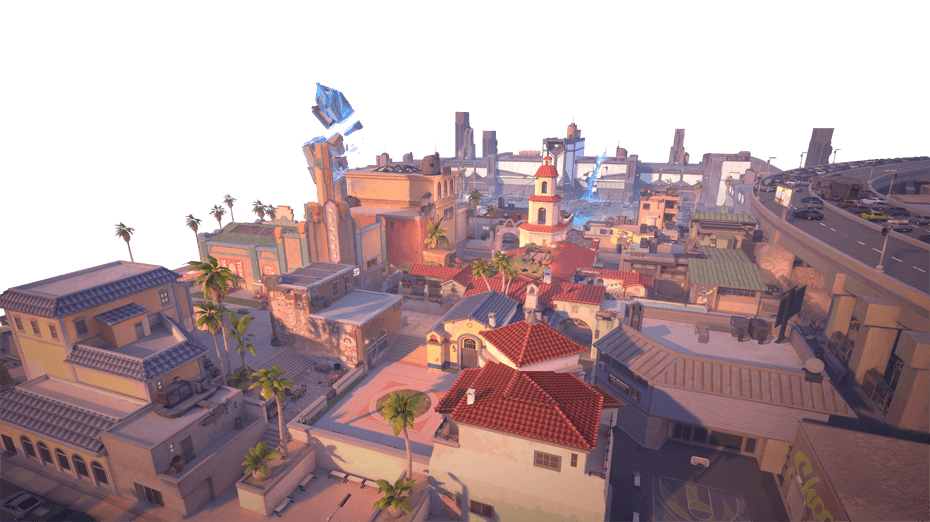Introduction
Trying to summarize a whole scene and therefore countless individual teams doesn’t necessarily sound like a great idea when you hear of it the first time.
Nonetheless, we as an esport community tend to always compare players, teams and in the end also different regions of the world to each other regarding their playstyles and capabilities in the games we are passionate about.
Since everybody is talking about it but no one really captures the essence of it, Mobalytics made the effort to sum up the main current Meta differences of Valorant’s different regions.
Today’s article focuses on the South Korean (hereinafter only referred to as ‘Korean’) Meta in particular.
To explore and furtherly explain all important aspects of the current Korean Meta we are first looking at bare statistics of the region like agent pick rates & win rates, map pick rates and such.
Afterward, we are ready to look at a few gameplay examples to identify the key traits of the current Korean Meta in pro play and what you can take away from it in particular.
To round off our take on the Korean Meta we are also comparing it to some of the main characteristics of the North American (NA) and European (EU) Valorant Meta practiced at the current stage of the game which is Patch 2.03.
However, as long as there are no competitive matchups between teams of different regions, all we can do is speculate. The first true test for the different regional approaches to Valorant will be at the international Valorant Champions tournament at the end of 2021.
But as a preparation for this mentioned clash of the regions, let’s get into the analysis of the Korean Meta first.
Disclaimer: We are solely moving the gameplay-related characteristics of the Korean pro scene into the spotlight of this article. South Korea’s FPS history, community, or other inherent trademarks of the region are just as interesting but simply not in today’s focus.
Pro Korean Valorant Stats
For this section we are taking a look at the bare statistics of the most recently completed tournament in the Korean scene: VCT 2021: Korea – Challengers 2.
Amongst other things, we’ll include the most relevant stats regarding agent picks, map picks and weapon usage of the tournament.
Agent Picks
Pro Scene
Here you can clearly identify the typical agent lineup for most Korean teams: Breach, Omen, Sova, Jett, and one varying pick.
For some maps and teams this varying pick might be an additional duelist like Raze but most of the time we saw a Sentinel like Cypher or Killjoy complementing the lineup.
But the favorites under the currently selectable agents are clear for most Korean pro teams:
- Omen – 97.9% pick rate and 50% win rate
- Jett – 93.8% pick rate and 48.9% win rate
- Sova – 87.5% pick rate and 50% win rate
- Breach – 75% pick rate and 47.2% win rate
Seeing a Breach so far up on that ranking kind of already tells you a lot about the general playstyle and ability to change pace in the Korean Meta.
Both in North American and European agent rankings it’s probable to see a lot more Sentinel picks like Cypher, Killjoy, and even Sage to replace Breach’s potential slot in the lineup.
Also, Duelist alternatives to Jett and Raze like Reyna and Phoenix are noticeably more popular in other regions.
But let’s not spoil too much regarding comparisons between the regions, we will philosophize about that in a whole different section later on in the article.
Ladder
The agent picks in the Korean ladder look drastically different to the ones in pro play.
Very popular agent picks in pro play like Breach and Omen are rarely picked in normal Ranked matches in Korea with Breach only having an underwhelming 7% pick rate.
Most of the time you’ll find multiple Duelists in one game. Phoenix, Raze, and especially Jett and Reyna have very high pick rates compared to basically all agents associated with the Sentinels class (Cypher, Killjoy, and Sage).
For me personally, it was very interesting to see the extraordinary pick rate of Brimstone. In no other region is Brimstone that much more liked and preferred over Omen, his main rival in his field.
In general, it seems like in the Korean ladder there are a huge amount of solo players who aren’t too keen on helping out teammates with their abilities and rather want to play for themselves.
Having up to three Duelists in a team apparently is highly common and team-focused agents like Breach, Cypher, Killjoy and Skye find absolutely no niche in the current casual Meta at least.
However, it’s important to mention here that these statistics were drawn from the ranks of Platin 1 and everything above. So there is a certain degree of knowledge and skill regarding the game to assume at this level.
Map Picks
Pro Scene
In the visual above you can spot a trend that unfortunately is common for pretty much all regions of pro Valorant: Icebox didn’t really find approval on the part of both the ladder and professional players.
This seemingly also goes for the Korean scene. Teams in this region generally put in a lot of work and thought in their setups on maps and how they are going to approach specific map control.
Finding and successfully establishing those setups and prepared executes on a new map in the map pool takes a lot of practice and time. I could imagine, many teams don’t want to risk playing on Icebox due to the feeling of not being fully prepared for it.
Besides that, a pretty much normal distribution of map picks took place at VCT 2021: Korea – Challengers 2.
Split played fewer times overall compared to Bind, Haven and Ascent but that’s also a fairly common thing we were able to observe in tournaments all over the world the last months.
Ladder
You can find a similar distribution in the played maps in the Ranked ladder in Korea over the last few weeks. These numbers in particular are drawn from the timeframe 02/17/2021 until today, so as up-to-date as you can get.
Icebox apparently is the most dodged map in the current map pool and therefore is the least played overall. So, as you can see the already mentioned trend to dislike Icebox is also clearly displayed in the ladder stats.
The other four maps, Ascent, Bind, Haven and Split seem to be equally popular in Korea’s ladder. Only Ascent stands out slightly as at least the most played map in the pool.
Weapon Usage
Pro Scene
To be completely honest with you, this pie chart shocked me the first time I found it.
In all regions except Korea the Vandal has a 60/40 or even 70/30 majority over the Phantom in its overall purchases. But not in the Korean Meta.
Here the Phantom rules over the Vandal with an approximate 70/30 buy ratio.
Apparently, this proves that the term “ninja” truly originates in Asia. The Sneaky Beaky effect of the Phantom’s silencer evidently found a huge fanbase within the Korean scene.
Apart from that significant balance shift regarding the two main rifles of Valorant, there is nothing greatly unusual here.
However, there are some indicators in this chart that may suggest a slight tendency to skip force buys in Korean pro matches.
“Why?”, you rightfully ask. Because SMG’s like Spectre or Stinger are noticeably less dominant here compared to other regions and on the other hand pistols like Classic and Frenzy hold great numbers. In situations you can’t or don’t want to afford an SMG you are likely to stick to a pistol.
Whether this is the actual case or not we’ll evaluate in the following playstyle analysis of the current Korean Meta.
Ladder
The main peculiarity in the pro scene regarding weapon usage is the incredible ratio of 70/30 for Phantom/Vandal purchases.
But, this behavior doesn’t seem to also apply to the Korean Valorant ladder. Here, the Vandal has gotten the upper hand over the Phantom with a usage ratio of 55/45. Not a difference as distinct as in the regions of NA or EU but after all a turnaround compared to the Korean pro scene.
Other than that, the Ghost is noticeably more popular than the Classic in the ladder. That’s definitely something contrary to the conception of Korean pro teams regarding pistols.
Playstyle of The Current Korean Meta
Capturing the essence of the Korean playstyle is not an easy task. However, the whole purpose of this article is to make an educated and reasoned attempt to do exactly that to maybe give a better insight into this for most players foreign region of Valorant.
So, let’s begin.
Korean Valorant is very well thought out. Only a few things regarding rounds seem to be depending on quick decision-making coming from individuals ingame.
Most of the early round approaches are well-considered and look like the teams practiced them a thousand times on offline servers before implementing it into an actual match.
The overall pace of most Korean teams is very slow. Nearly every buy round starts with a default from both teams which is oftentimes spread over the whole length of the map.
Nonetheless, every team has various ways in store to take or retake map control on each part of the map. Again, very planned out and calculated and oftentimes in a really explosive fashion.
The very popular Korean agent combination of Jett and Breach, which we already saw in the agent pick rates of the region, mainly represents the ability for explosive plays of this kind.
Also, things I found to be very characteristic of the Korean playstyle are revolutionary, never-seen-before utility combos and mini-plays all over the map.
All this requires a huge amount of teamwork and coordination only a few teams in the world could potentially match as of today. Thinking of teams like Sentinels in North America or FPX in the European region.
To adequately visualize these main qualities of Korean Valorant, we are now looking at an gameplay example extracted out of a matchup between Vision Strikers and NUTURN in the VCT 2021: Korea – Challengers 1 Open Qualifier.
https://youtu.be/kTOwsN6pJso?t=1020
This is a round of the first map Bind which the arguable number one of Korean Valorant, Vision Strikers actually lost in the end.
We see all kind of “typical” Korean gameplay details in this round:
- Slow pace by both teams in the beginning of the round
- A nice utility combo at B Long by the defenders (Vision Strikers)
- Killjoy turret holding the line of sight
- Breach ready to flash on turret’s contact
- No action until only 40 seconds are left on the clock
- Killjoy turret holding the line of sight
- But then an explosive confrontation at B Long with the infamous Breach flashes
Overall, two defaults collided at the 0:40 minutes mark in this round. The attacker team’s (NUTURN) slow and careful approach to the round was matched by a well-prepared defender team (Vision Strikers) that was only waiting for contact.
You will find many rounds in Korean pro matchups which will run like this or in a very similar way.
Also regularly, the devilish duo Breach + Jett will tackle early round map control with some form of combination of Jett’s dash and Breach’s flashes.
This playstyle is very inherent to many Korean teams.
Comparing the Korean Meta to NA/EU
We already briefly addressed the differences in agent, map and weapon preferences between the Korean Meta and the North American and European ones.
To do a short recap, the devilish duo Jett + Breach is something that is very prominent in Korea’s ladder and pro scene especially. Of course, other regions adopted the principle of “flashing and dashing” as well but use it not as excessively as Korean teams do.
Also, we mentioned a drastic difference in the total usage of Phantom and Vandal regarding Korea and the rest of the world.
Whether this is going to impact future encounters on international stages is hard to predict but probably something that is going to have a marginal impact compared to other differential views on how to play the game.
Conclusion
Maybe the following is a bit over-simplified but as a closing statement I would leave you with this:
Pace and utility usage of the Korean Meta resemble in some regard the approach many EU teams also try to follow. Very well planned-out and strategic.
Nonetheless, some of the plays to get early round map control or a few instant rushes seen in the Korean Meta could just as well be part of the repertoire NA teams typically have.
However, the first real test between the regions will occur at the end of this year at the VCT 2021 Champions tournament. Feel free to come back to this article then and rectify my wrong conceptions and suppositions.
Keep track of all the best players in Korea and other regions with our Valorant Leaderboard.
 Download APP
Download APP Collapse
Collapse